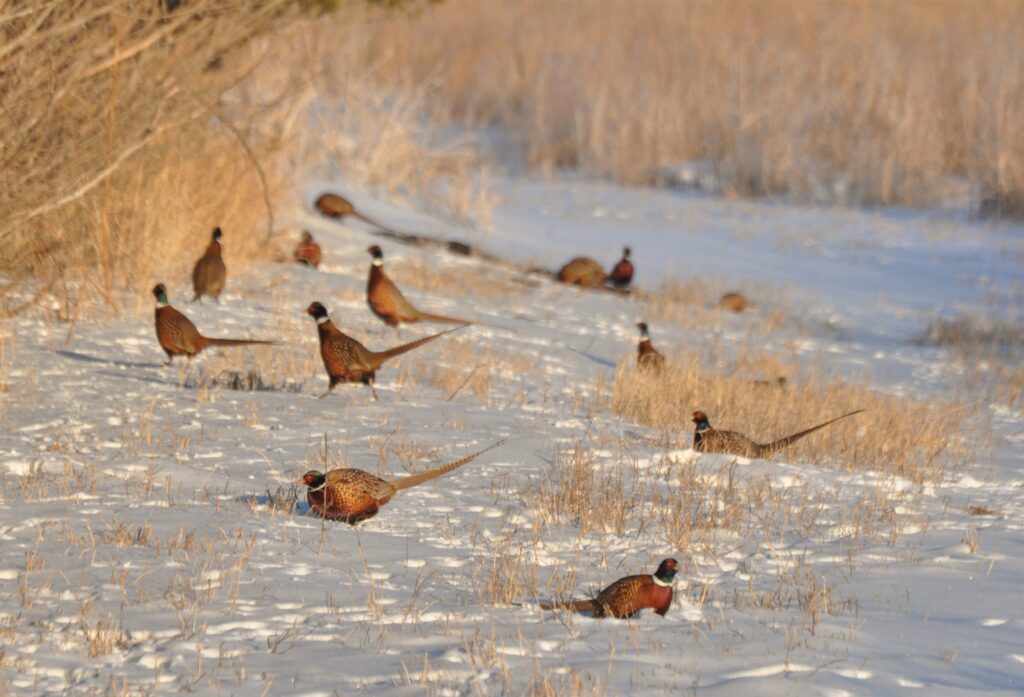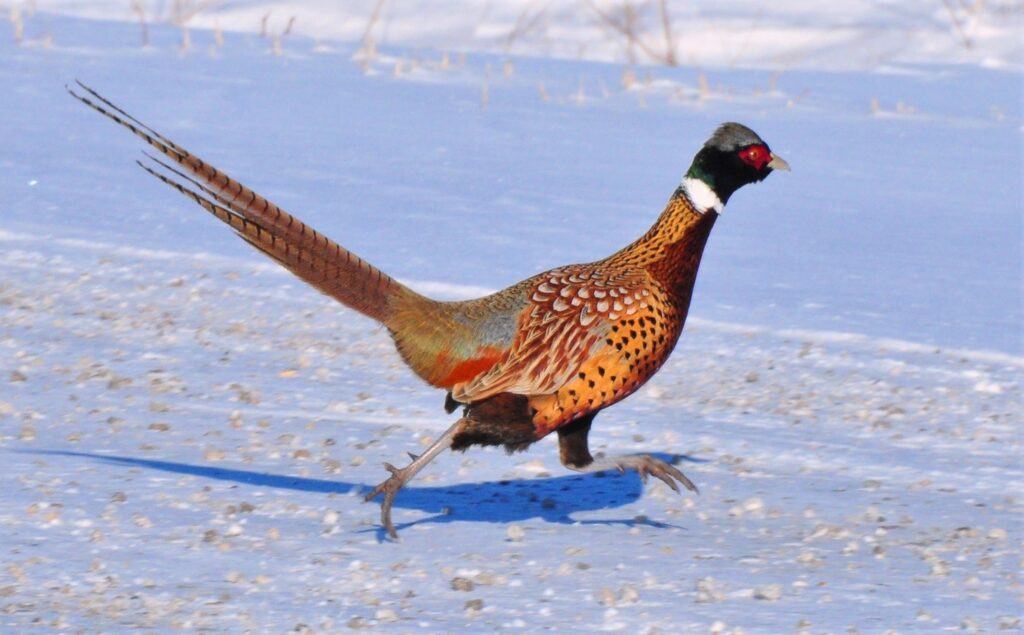Photography courtesy of Lowell Washburn, all rights reserved.
This year’s pheasant season closed on January 10. Although gone, the past season is certainly not forgotten. For many — and perhaps the majority — of Iowa’s 64,000 pheasant hunting enthusiasts, this year’s success was the best in recent years. Although roosters were plentiful across much of the state, nowhere did hunters encounter greater ringneck numbers than in the north central and northwestern portions of the state. As word spread, hunters from across the state, and across the nation, flocked to capitalize on the pheasant bonanza. Despite the pressure, hunter success remained high throughout the season. It was indeed a year to remember. Although the numbers aren’t in yet, Iowa’s 2022-2023 pheasant harvest may exceed last year’s increased bag of 373,000 roosters.

Now that the season is over, hunters are already looking forward to what next season may bring. But a lot can happen between now and next year’s Opening Day. We’re all aware that, for pheasants and other Iowa wildlife, winter is a time of attrition. Populations are never higher than at the end of the spring nesting season, and never lower than at winter’s end. Pheasant survival is highest during mild winters and poorest during winters of deep and prolonged snowfall.

For much of Iowa, the 2022-2023 winter was mild, offering little in the way of extreme temperatures or prolonged periods of deep snow cover. There were some notable exceptions. In portions of the state’s northern counties, snowfall totals have exceeded the long-term average. In north central Iowa’s Cerro Gordo County, for example, a total of 36.4-inches of snow had fallen by the end of February – about two inches above the average, and an increase of 13.5 inches from the previous winter. In the northwestern region, substantial February snow cover was sealed by a weeks’-long crust of ice which restricted access to waste grain, increased predation, and forced pheasants to forage along dangerous roadsides.

But despite tougher winter weather patterns across parts of northern Iowa, pheasant flocks remain a common sight across the region. Most of the snow cover has melted and barring the occurrence of extreme weather events, such as a catastrophic prairie-grade spring blizzard, a majority of the birds still roaming the landscape will make it to spring. As always, the pheasant population will rise or fall with the success, or failure, of the upcoming spring nesting season. If the weather cooperates and hens can find adequate grassland nesting cover, Iowans can expect to see good to excellent pheasant numbers in the days ahead.


 Tom Cope
Tom Cope Sue Wilkinson
Sue Wilkinson Susan Judkins Josten
Susan Judkins Josten Rudi Roeslein
Rudi Roeslein Elyssa McFarland
Elyssa McFarland Mark Langgin
Mark Langgin Adam Janke
Adam Janke Joe Henry
Joe Henry Kristin Ashenbrenner
Kristin Ashenbrenner Joe Wilkinson
Joe Wilkinson Dr. Tammy Mildenstein
Dr. Tammy Mildenstein Sean McMahon
Sean McMahon